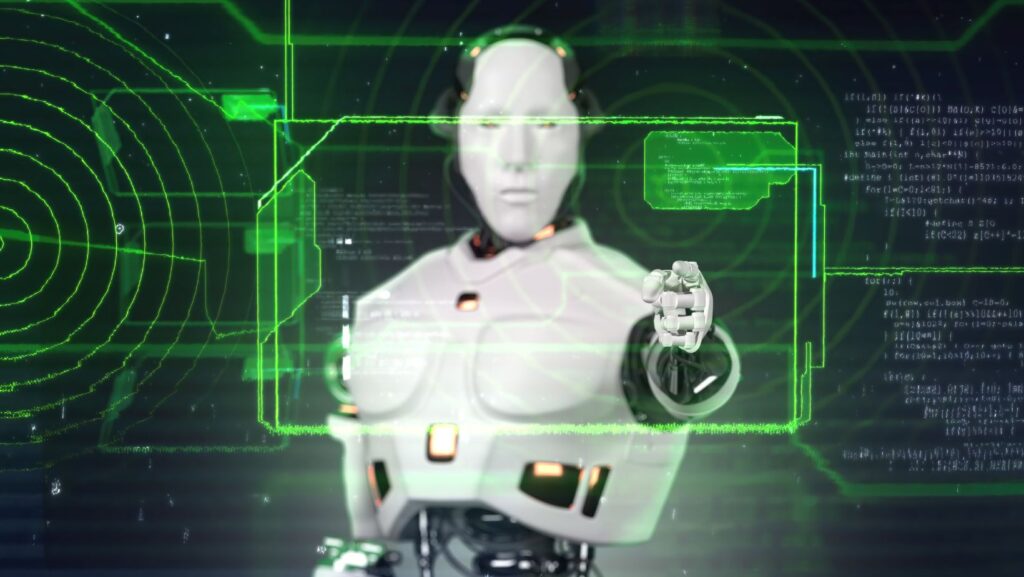
Combine Images With AI
In the digital age, combining images has become a key part of artistic expression. Traditional collages involve physically cutting and pasting images together, but with the advent of artificial intelligence (AI), the process of combining images with AI has become faster, more efficient, and highly innovative. AI tools can now seamlessly blend multiple images, enhancing creativity and producing complex digital artwork that would have been difficult to achieve by hand.
In this article, we will explore how AI is used to combine images, the technology behind it, and the exciting possibilities it offers to artists, designers, and creators.
Combining images with AI involves using artificial intelligence algorithms to merge two or more images into a single, cohesive visual. This process is powered by advanced image manipulation tools, which use machine learning and neural networks to understand the relationships between visual elements, such as color, texture, depth, and composition.
AI-generated images that combine various elements can range from surreal and abstract to realistic and polished. Artists can feed the AI with several source images and set parameters, allowing the AI to produce an entirely new image that blends elements from each input.
The process of combining images with AI typically involves several key steps:
- Input Images: The first step is to provide the AI with a selection of images that will be combined. These can be photographs, illustrations, or digital art.
- Analysis and Learning: The AI analyzes each image, identifying key features such as shapes, colors, textures, and patterns. It uses this information to learn how each element interacts with others.
- Image Fusion: Using the information it has learned, the AI merges the images together. The combination can be simple or complex, depending on the chosen parameters. For example, the AI might blend the sky from one image with the landscape from another, or it could seamlessly integrate various objects from different sources into a single composition.
- Refinement: The final step is refinement. The AI refines the merged image, adjusting the lighting, shading, and overall composition to create a balanced, harmonious final piece.

AI Tools for Combining Images
There are several AI tools available today that help artists and creators combine images:
- DeepArt: This AI tool allows users to apply different styles to images, blending them in unique ways. It uses deep learning algorithms to combine features from various source images and create a cohesive final product.
- Artbreeder: Artbreeder is a platform that allows users to combine and modify images by “breeding” them together. This AI tool is popular for creating characters, landscapes, and surreal images by blending various visual elements.
- Runway ML: Runway ML is an AI-powered creative platform that offers a wide range of tools for image manipulation and combination. It enables users to create compelling visual compositions by combining multiple images and applying AI-driven transformations.

The Creative Potential of Combining Images with AI
The ability to combine images with AI opens up new possibilities for digital artists. AI-powered tools allow creators to work more efficiently, seamlessly blending images in ways that would be time-consuming and difficult with traditional methods. Artists can quickly experiment with different combinations of images and create intricate compositions that push the boundaries of their creativity.
Furthermore, AI’s ability to handle large datasets allows for the integration of images from diverse sources, making it easier for artists to explore new creative directions. Whether combining images of real-world objects, creating surreal digital collages, or designing fantasy landscapes, AI offers a powerful tool for artistic exploration.
As AI technology continues to improve, the ability to combine images with AI will only become more sophisticated. Future tools may allow for even greater control over the image creation process, allowing artists to fine-tune every aspect of the final composition. Additionally, the integration of AI with virtual reality (VR) and augmented reality (AR) could lead to new forms of interactive, immersive art that blends the physical and digital worlds in unprecedented ways.
Combining images with AI is revolutionizing the way digital art is created. By harnessing the power of machine learning and neural networks, AI tools enable creators to blend multiple images into cohesive, visually striking compositions. With endless possibilities for customization and refinement, AI is helping artists push the boundaries of creativity and open up new avenues for digital expression.
